Air vs Magnetic Rower: Which Is More Effective?
Author:
Unlock your full potential by engaging with our experts and community! Have questions about your fitness journey or looking for expert advice on weightlifting techniques? Don’t hesitate — leave a comment below and Ihor Shymechko will provide a personalized answer and insights to help you reach your goals.
Torokhtiy is reader-supported. Some links are affiliate links, and we may earn a commission at no extra cost to you. See our disclosure page for details.
Rowing is great training for the whole body that develops power and stamina, and it can be an effective full-body workout using a single device. However, when choosing between air vs magnetic rower, you still should consider your preferences and goals. Want to feel real-life rowing? Then choose an air-resistance tool. Want to get a smooth operation with a fixed range of resistance levels? A magnetic rower will be exactly what you need. Follow this guide to find out more about each type, taking a critical look at their pros and cons to make the right choice.
The difference between an air vs magnetic rower is in the resistance type and operating mechanism. An air rower uses the airflow to generate the tension, while a magnetic machine uses the magnetic pull between the metallic flywheel and magnets that create the resistance.
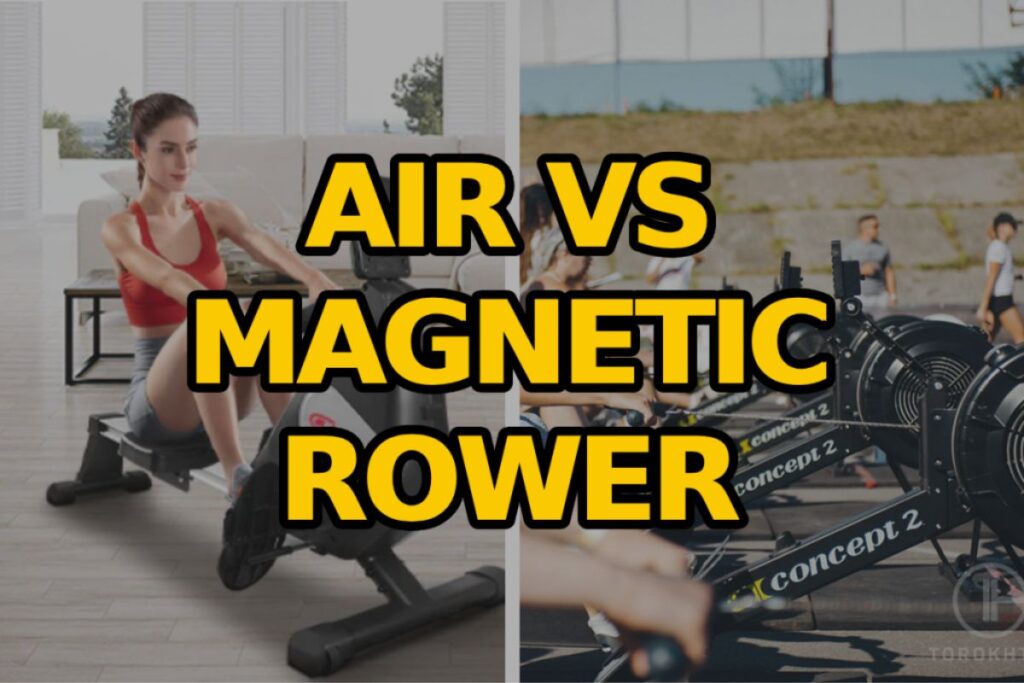
What Is an Air Rower: General Characteristics and Benefits
An air rower is a type of rowing machine that allows for great cardio training by using the air to create resistance. Usually, it’s equipped with a flywheel mechanism with a spiral damper that controls the airflow and creates the feeling of real rowing a boat. The faster you row, the more inertia and power are produced, and the more resistance you’ll get. So, the flywheel mechanism defines the intensity of your workout and you can experience the oar rowing movements.
The majority of air-resistance rowers have dampers that control the rowing stroke. This is an adjustable lever on the flywheel housing that controls how much air gets into the flywheel.
The machine also comes with a standard display that shows basic data like time, distance, SPM, rowing speed, and split time. Some rowers are Bluetooth compatible enabling a user to connect a wearable heart rate monitoring device.
This rowing machine is a great tool for aerobic training: you’ll be able to activate every single muscle group, pump up your heart rate and develop lungs along with strengthening your cardiovascular capabilities.
Thanks to the real-feel experience they deliver, air rowers are also popular among professional athletes. They use this equipment for indoor training, i,e., during the off-season, as it maintains their cardiovascular system and improves endurance.
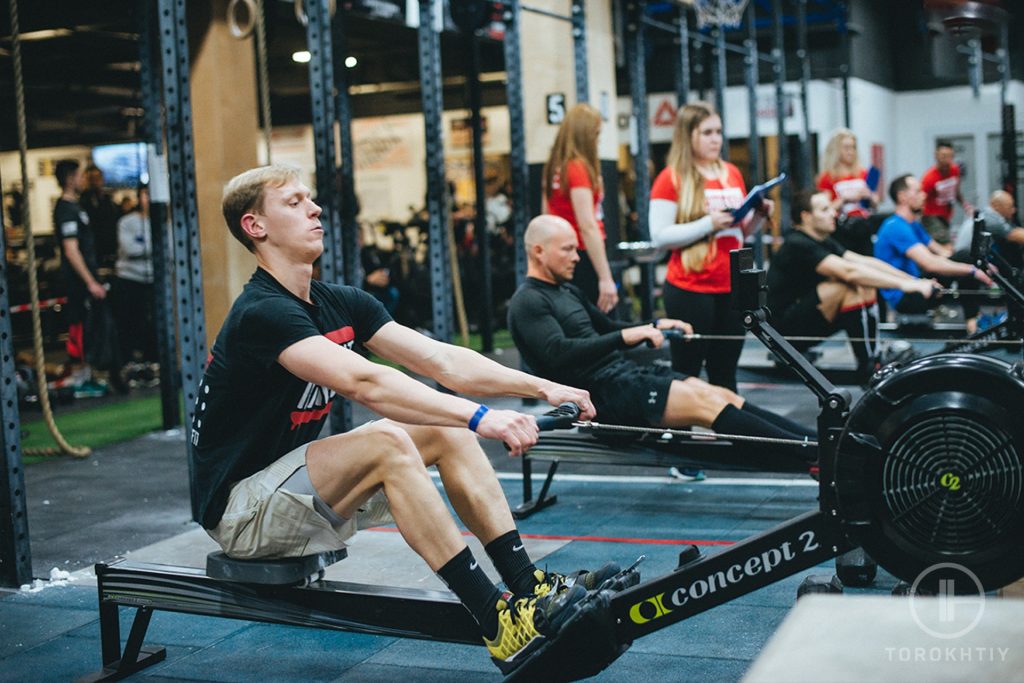
What Is a Magnetic Rower: General Characteristics and Benefits
Now, let’s find out what is a magnetic rowing machine and what are its key specs. Its main distinctive feature is that a magnetic rower uses magnets to create resistance. When you pull the rowing handle or chain, you get the resistance from the magnets interaction with a metal flywheel. Because of the magnet-based mechanism, the resistance level is adjustable. When the magnet is getting closer to the flywheel, the resistance becomes stronger. Usually, rowers can have from 10 to 16 resistance levels.
There’s no damper like in air rowers, but these machines have a resistance knob you can twist manually. When you turn it clockwise, the magnets come closer to the flywheel, creating more resistance. When turning down, the magnets move away from the flywheel, lowering the tension.
Speaking about interactivity, a magnetic rower can have a simple display with standard metrics, or can be equipped with an LCD monitor with numerous advanced features and provide access to trainer-led workouts you can join at ease. Overall, the display type a rower has depends on its price range.
But, are magnetic rowing machines any good, or is it better to select another type? The more advanced the model of a rowing machine is, the more functions it has. A more expensive rower has diverse built-in programs and is compatible with specific fitness applications. Smart rowers of higher price support real-life sceneries that imitate real rowing on the water.
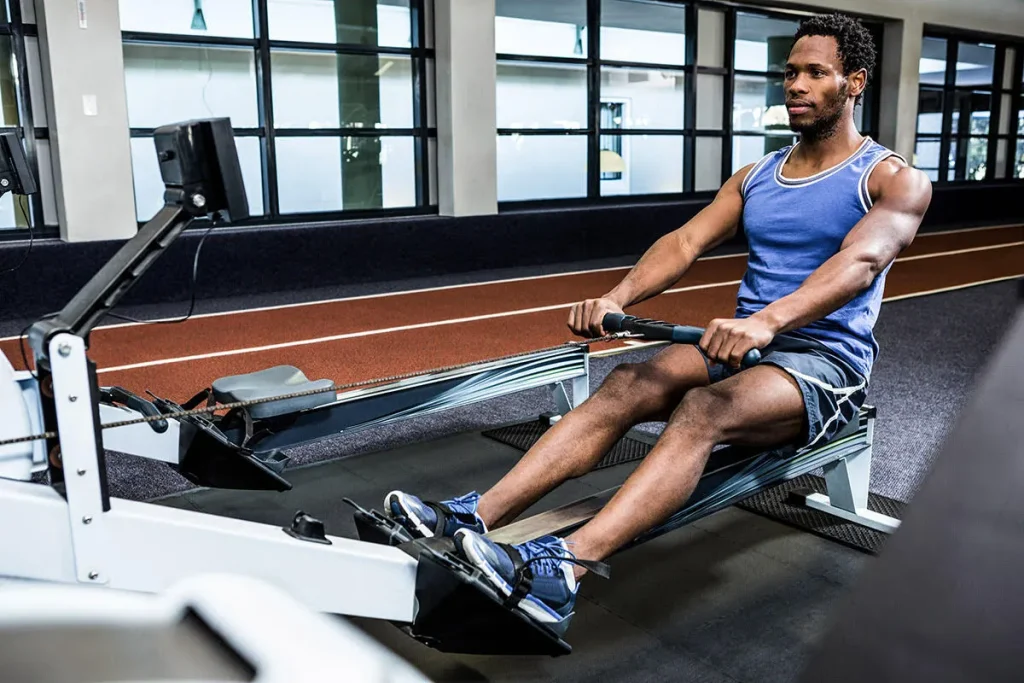
Air vs Magnetic Rower: The Main Differences Between These Two Machines
Working out on the air and magnetic rowers is a low-impact activity that helps you manage weight, burn fat, and also can be an ideal rehab workout. In the case of a magnetic vs air rower comparison, both machines suit people of all fitness levels and ages due to smooth and moderate intensity that mildly treat joints and knees, and can be adjusted specifically to a user’s fitness level.
However, there are several significant differences between magnetic vs air rowing machine, and we’ll discover them below.
Resistance Type
The first obvious feature that makes these two rowing machines different is the type of resistance they use. An air rower utilizes the air to create tension, while a magnetic rower uses magnets. In the first case, the resistance level depends on the airflow that passes through the flywheel. With a magnetic rowing machine, the resistance comes from the interaction of the magnets with a flywheel.
Applied Mechanism
An air rower comes with a flywheel with a spiral damper that controls the airflow. To increase the intensity of the workout, you should row harder. That means you can control the intensity of your rowing training by increasing or lowering the intensity of your stroke pace.
A magnetic rower has a flywheel, but no damper. It uses magnet brakes installed inside it to manage the resistance, so you don’t need to row faster or slower to change the tension. You use a magnetic dial to up or down your training intensity.
The Amount of Resistance Levels
While using the air rower, there’s no defined range of resistance levels that you can choose. It depends on the amount of airflow that goes through a flywheel and directly relates to your rowing pace. So, that means you can control the intensity of your training by yourself.
As a magnetic rower has built-in magnets, you don’t need to row fast to generate the tension. On the contrary, you should twist a resistance knob to regulate the tension and set the proper level according to your preferences.
The Price Range
Usually, magnetic rowers are pricier than air-resistance machines. There are several reasons for this: first, they’re equipped with a magnetic system and you don’t need to adjust the resistance manually (namely by intensifying the rowing pace); secondly, a magnetic rower has a wider range of programming options.
The chart below summarizes the key differences between air and magnetic rowers.
| Features | Air Rower | Magnetic Rower |
|---|---|---|
| Resistance mechanism | Has a flywheel damper that creates the resistance: as you pull the handle, the air moves over the flywheel and you make it spin to create the tension | Has magnet brakes inside the flywheel, the closer they move to each other, the stronger resistance will occur |
| Resistance levels | There’s no pre-set resistance level as it depends on your power; the stronger you pull, the higher resistance will be | Has a dial to manage the resistance; the magnetic rower has resistance levels between 10 to 16. |
| Maintenance Price range | Need to maintain the working mechanism regularly, i.e., remove the dust from the damper | Requires zero maintenance; operates till the magnets wear off |
| Price range | Is cheaper as most models are made of plastic and have limited functionality | Is more expensive because of the pricier mechanism and interactive features in-built |
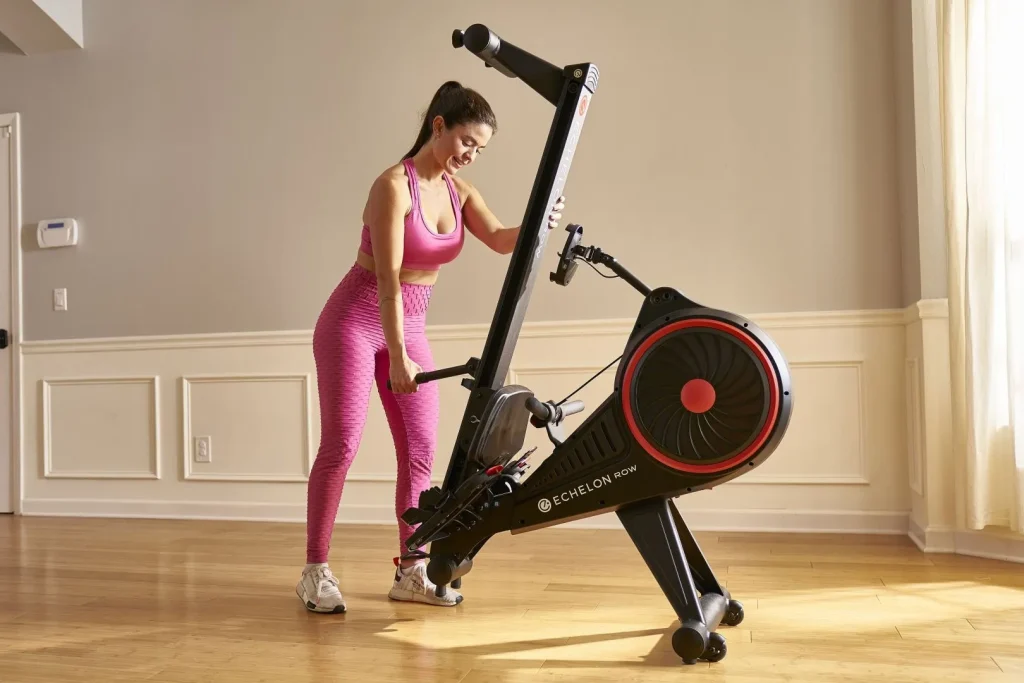
Air vs Magnetic Rower: Summary
Both air and magnetic rowing machines bring a full-body cardio experience, so you can use any of them as a full-fledged training tool. Despite both rowers targeting the same muscle groups and affecting power and energy output almost to the same degree, they’re different in performance mechanism and resistance system. So, it would be wise to also consider the advantages and disadvantages of both machines, and then, decide whether air vs magnetic rower is best for you.
Pros and cons of an air rower
Let’s get started by analyzing the advantages and disadvantages of an air rowing machine.
Positives:
- Have an unlimited range of resistance levels you can manage on your own
- Tend to be more budget-friendly
- Imitate rowing on the water
Could be better:
- It’s quite noisy because the flywheel moves the airflow through the damper
- You need to maintain the mechanism regularly
- Most models lack interactive features of the console, which can be a disadvantage for athletes who like seeing their progress in real-time
Pros and Cons of a Magnetic Rower
Magnetic rowers are one the most popular types of home training machines among pro and recreational rowers due to their silent performance, model versatility, and range of functionalities.
Here’s a list of reasonable advantages of magnetic rowers for your consideration:
Positives:
- Noiseless operation
- The users can set up an accurate resistance level
- A wide range of models in different price segments
- The machine requires minimal maintenance
- Compared to magnet rowers, air models have a greater weight capacity
- Can be more lightweight than an air rower
Could be better:
- Can be quite bulky and requires much space to store
- On average, these models have a higher price
- It doesn’t feel as natural as an air rower
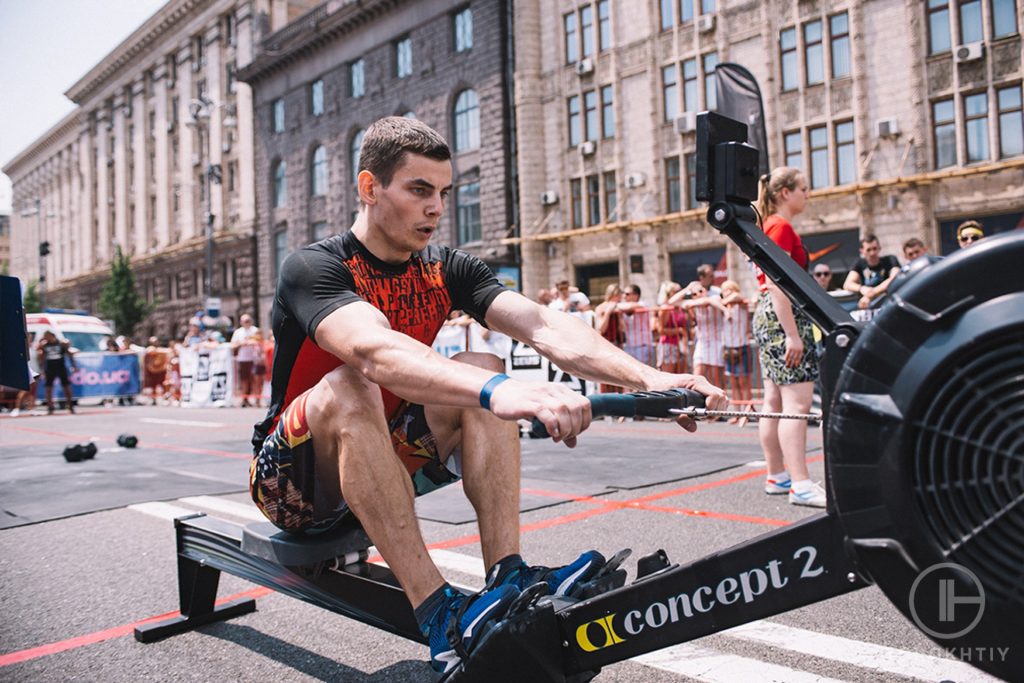
Air vs Magnetic Rower: When to Use Each of Them
Generally, rowing is a great low-impact workout that is easy on the joints. This means that even an intense workout on a rowing machine won’t cause joint pain or damage. Moreover, it is also good power training that enhances your body’s strength and endurance.
Lots of the power is generated by the legs, although you need to engage your core and keep it tight while pushing back and pulling the handles. During rowing, 60% of rowing power is coming from the legs, 30% – from the core, and the rest 10% – from the arms.
No matter what rowing machine you choose – a magnetic rower or air rower, you get serious aerobic training that improves the cardiovascular system and boosts your agility and velocity.
You can try rowing not only to maintain a good body condition, but also if you have some injuries or need a workout for your rehab. In case high-intensity exercises like sprints, or plyo movements are hard on your joints, rowing can become a safer choice for you as you can change the intensity of your training, i.e., decrease or boost the resistance, stroke power, or distance.
Rowing is also good for weight loss since it accelerates the fat-burn process, making your body fit and shaped.
Our Recommended Air Rower: Concept2 Rowerg PM5
So, if you’re ready to choose a rower and an air-powered model seems the right fit for you, reap the benefits of Concept2 RowErg PM5 device that will bring you the ultimate real rowing experience. This piece of equipment will assist you in maintaining the proper rowing technique and body form through each stroke phase.
It’s equipped with a PM5 display that shows real-time metrics during rowing training. The model also has a spiral damper with up to 10 setting adjustments, flexible foot pedals that will fit all sizes, and ergonomic handles for an easy slip-free grip.
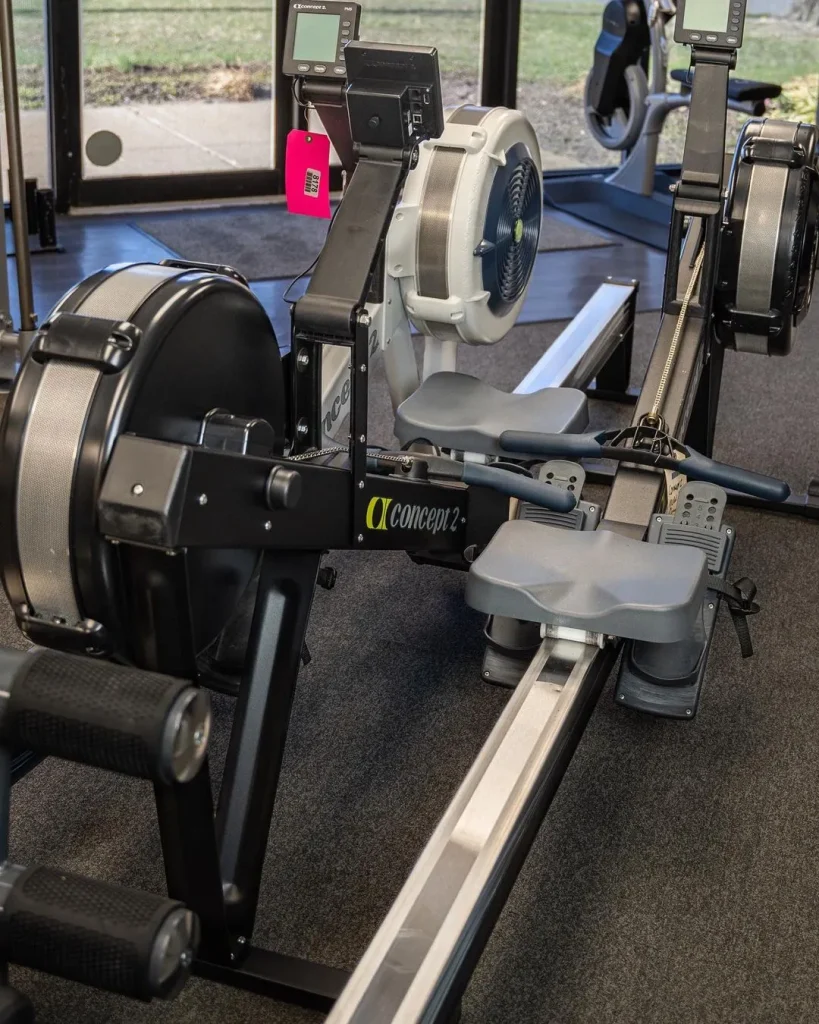
You can choose the frame construction depending on your height: for standard legs – 14″ (36 cm) seat height, and for taller legs – 20″ (51 cm) from the floor.
The rowing machine is compatible with Bluetooth and ANT+ technology, so you’ll be able to sync your heart rate to a smartwatch. Also, it can be connected with the ErgData app which enables you to transfer your workouts to the Concept Online Logbook.
If you feel like opting for a magnetic model, consider this magnetic rower from Sunny Health & Fitness to diversify your training routine. It can become your first rowing machine due to its affordability, applicability, and versatility. Track your progress with the help of a digital monitor showing your key training stats. To diversify your workout, join the Sunny Health & Fitness app to get access to trainer-led classes.
The rower comes with 16 levels of magnetic resistance you can adjust with the help of a dial. The machine is lightweight – 49.4 lb and it’s easy to transport and store upright.
FAQ
Are Magnetic Rowing Machines Any Good?
Yes, magnetic rowers provide smooth and silent work by enabling a user to set the resistance accurately and track performance metrics displayed on the LCD display.
Are Air Rowing Machines Better?
The privilege of the air rower is that it brings an experience of real rowing on the boat. Also, there’s no limit in resistance levels to choose from: you can control it with your own rowing pace. Another perk is that this type of rower is more affordable compared to a magnetic-based model.
Conclusion
Despite air and magnetic rowers being pretty different in their resistance mechanism and performance, you’re likely to get the same great results when using any of them. You’ll succeed to get a more ripped body, better strength, and endurance capabilities due to this low-impact training. If you hesitate about whether air vs magnetic rower is better, determine your preferences and needs. Then, you’ll manage to figure out what type of rowing machine will meet your requirements.
Do you want to get more information regarding which models of air and magnetic rowers are worthy of attention? Want to find the most reasonable choice? Write all your queries to us, our fitness experts will be happy to offer you the best suitable option for you.
Also read:
- How Many Calories Does Rowing Burn
- Budget Rowing Machines vs Expensive
- Hydrow vs Peloton
- Types of Rowing Machines
References:
- Michelle Filipovic, Comparison between Treadmill, Elliptical and Rowing Exercises (NCBI, 2021 March 1) https://www.ncbi.nlm.nih.gov/pmc/articles/PMC7919349/
- Gordon J. Bell, The effect of velocity‐specific strength training on peak torque and anaerobic rowing power (Tandfonline, 2007 November 14) https://www.tandfonline.com/doi/abs/10.1080/02640418908729841
- Iain Weir, Gerard Brown, ROWING & HEALTH (British Rowing, 2015) https://www.britishrowing.org/wp-content/uploads/2015/09/Rowing-Health-2014-v1.3-Website.pdf
- Di Prampero, Physiological aspects of rowing (Journals, 1971 December 6) https://journals.physiology.org/doi/abs/10.1152/jappl.1971.31.6.853
- W. O. Martindale, Mechanical energy in sculling and in rowing an ergometer (NCBI, 1984 September 9) https://pubmed.ncbi.nlm.nih.gov/6488435/
Why Trust Us?
With over 20 years in Olympic weightlifting, strength training, nutrition coaching, and general fitness our team does its best to provide the audience with ultimate support and meet the needs and requirements of advanced athletes and professional lifters, as well as people who strive to open new opportunities and develop their physical capabilities with us.
By trusting the recommendations of our certified experts in coaching, nutrition, and sports training programming, as well as scientific consultants, and physiotherapists, we provide you with thorough, well-considered, and scientifically proven content. All the information given in the articles concerning workout programming, separate exercises, and athletic performance, in general, is based on verified data.
The product testing process is described in more detail here.
Author: Ihor Shymechko
Pro Olympic Weightlifter, Coach
Best Results: Snatch – 208 kg,
C&J – 240 kg
Ihor has been a professional weightlifter since 1996, boasting over two decades of competition experience. His notable achievements include clinching the European Championship in 2009 and securing a silver medal in the 105kg division at the Senior World Championships in 2011. Ihor represented his country in the 2008, 2012, and 2016 Summer Olympics. After retiring from competitive weightlifting, he transitioned to coaching, leveraging his vast experience to guide athletes who now compete on both national and international stages.



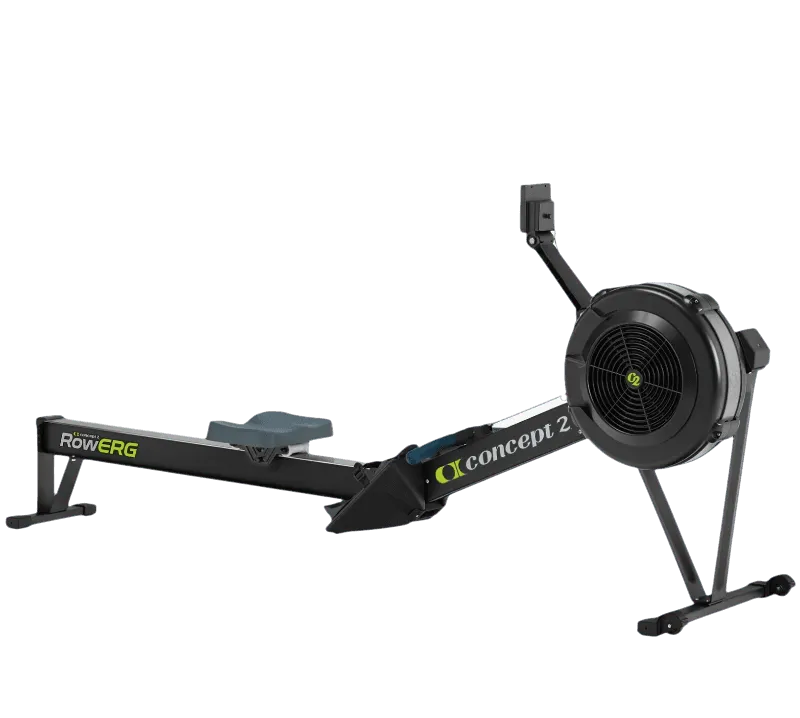
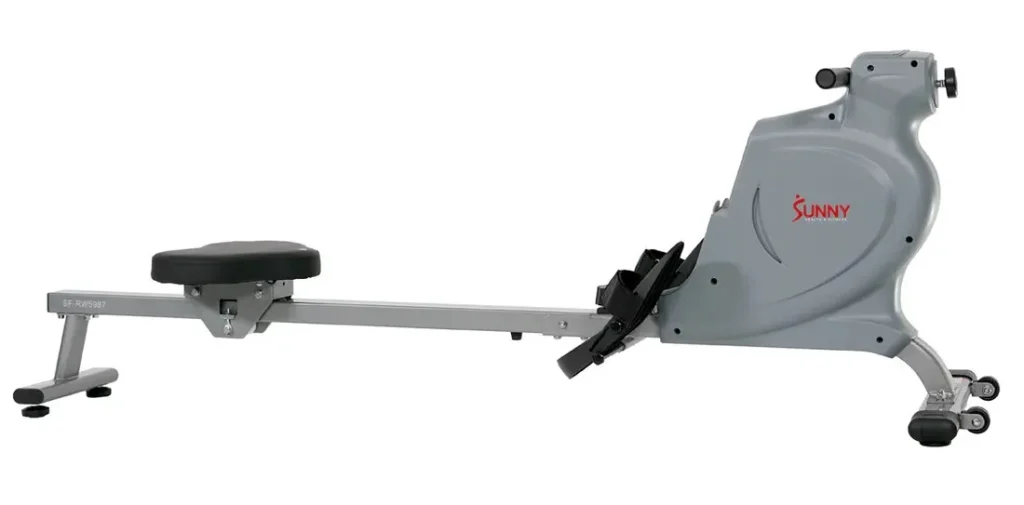
Still have questions after reading our article? Unlock your full potential by engaging with our experts and community! Don’t hesitate — leave a comment below and Ihor Shymechko will provide a personalized answer and insights to help you reach your goals.